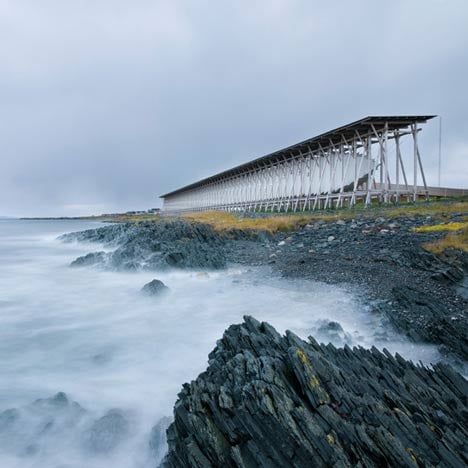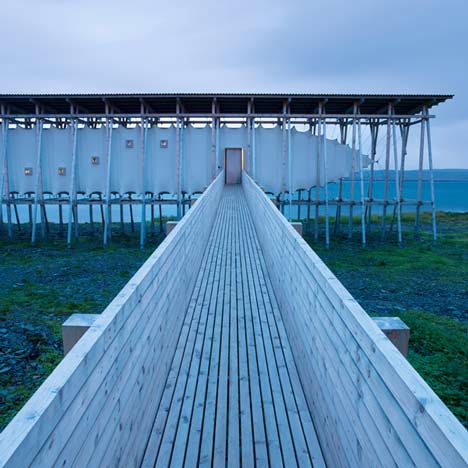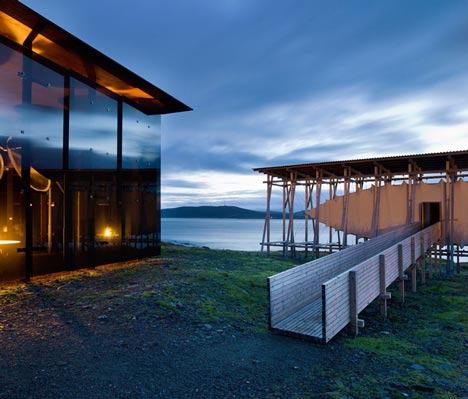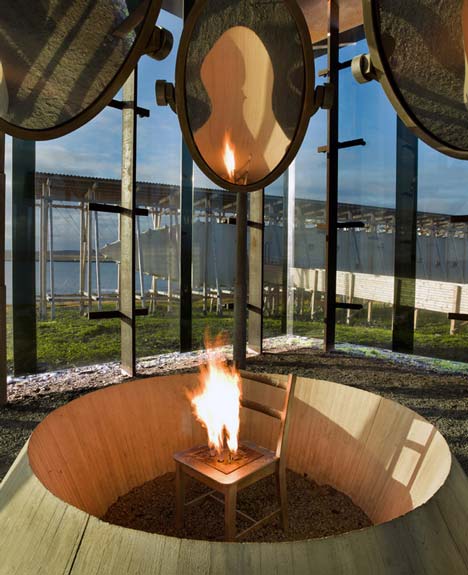 |
Call of the WildMuseum of Glass, Tacoma, WA, 2002.Photographer: Duncan Price. |
 |
Childhood DreamsDesert Botanical Garden, Phoenix, Arizona, 2007.Photographer: Adam Rodriguez. |
 |
Crossing OverAmerican Craft Museum, New York, New York, 1996.Photographer: Dennis Cowley. |
 |
Ain't Misbehavin'Winthrop College, Rock Hill, SC, 2010.Photographer: Zan Maddox. |
 |
Easy Does ItHollywood Art & Culture Center, Hollywood, Florida, 1998.Photographer: John Lawrence. |
 |
Nine LivesFranklin Park Conservatory, Columbus, Ohio, 2006.Photographer: Greg Sailor. |
 |
Na Hale 'o waiawi(Roughly translated from the Hawaiian language to mean: Wild Dwellings Built from Strawberry Guava).The Contemporary Art Museum, Honolulu, Hawaii, 2003. Photographer: Paul Kodama. |
 |
TrailheadsNorth Carolina Museum of Art, Raleigh, NC, 2005.Photograph: Courtesy of the North Carolina Museum of Art. |
 |
Uff-Da PalaceMinnesota Landscape Arboretum of the University of Minnesota, Chaska, MN, 2010.Photographer: Todd Mulvihill. |
For more information check click on this link:













